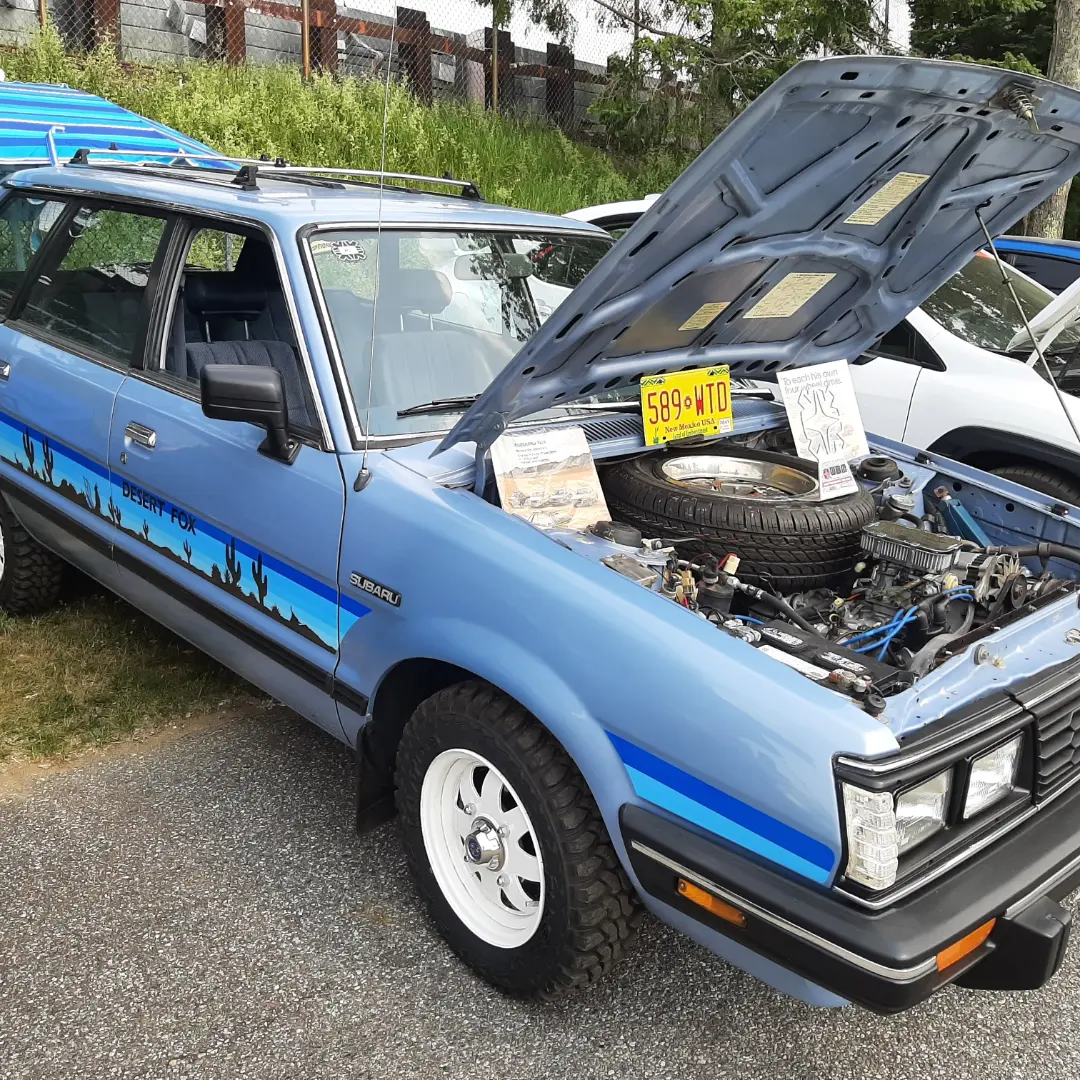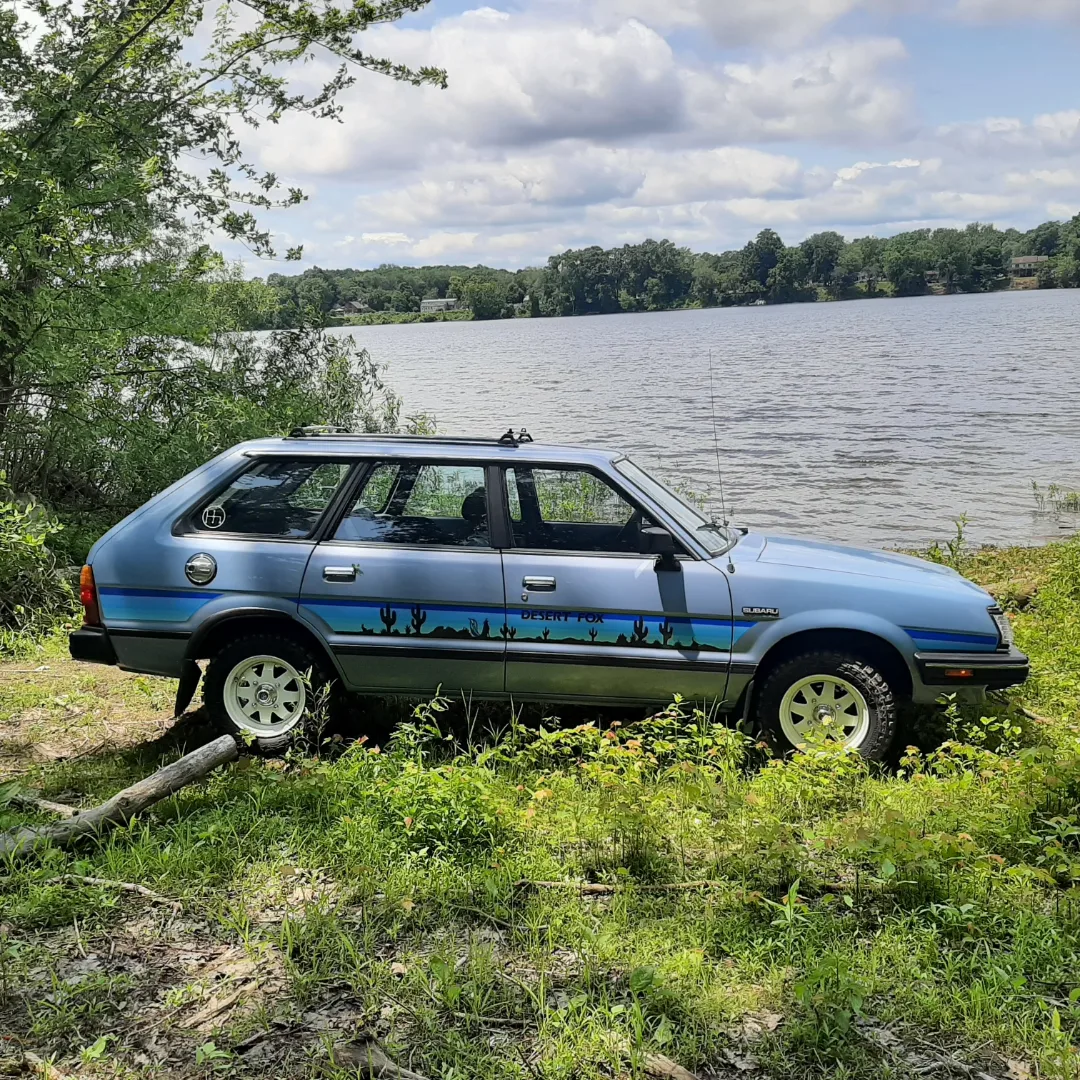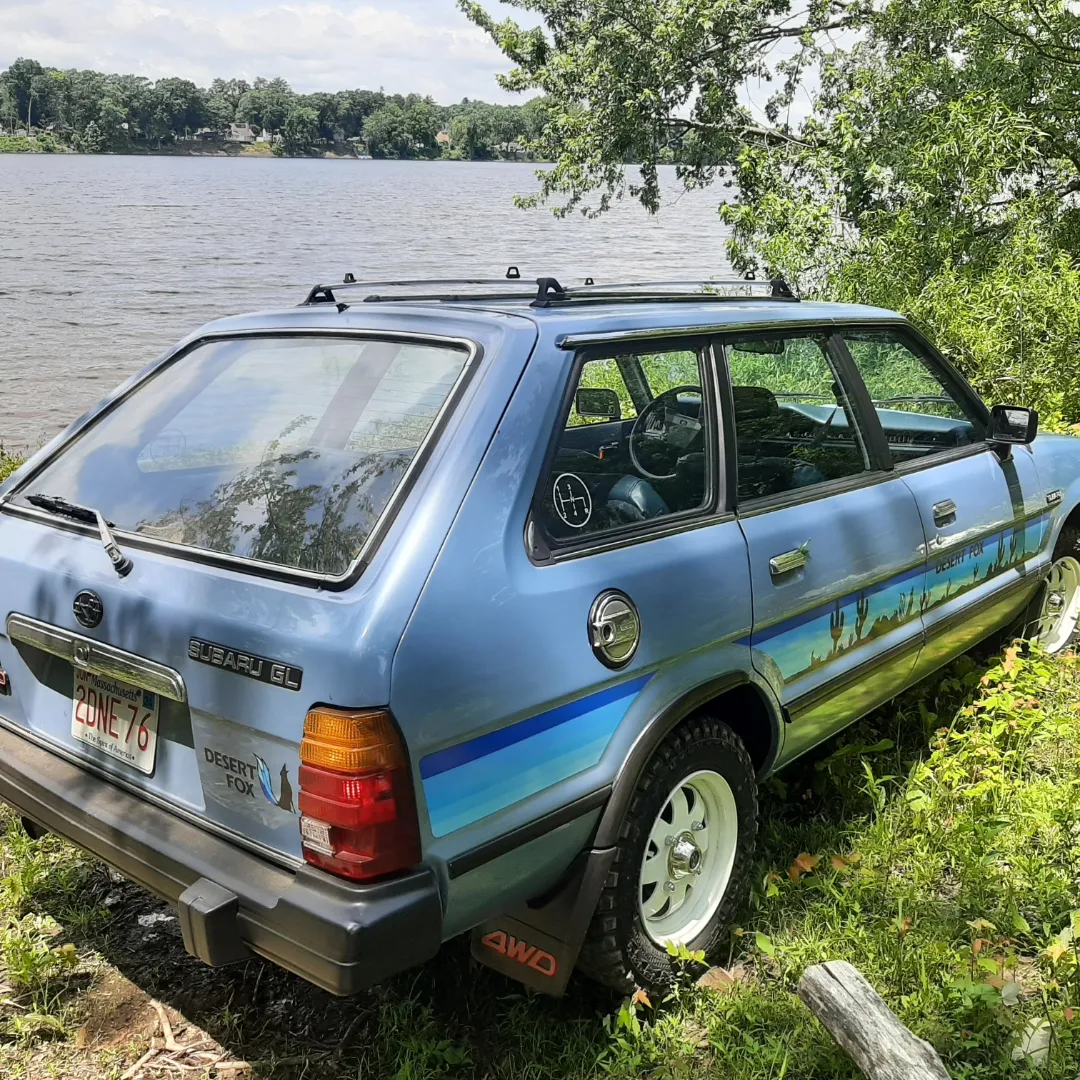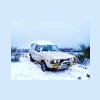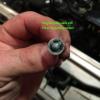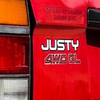Search the Community
Showing results for tags 'WEBER'.
-
Meet Harold, our 1984 GL wagon. Highly original survivor originally from New Mexico. Dual range four speed, ea81 with a Weber.
- 5 replies
-
- dual range
- gl
-
(and 7 more)
Tagged with:
-
Hi all, I've been using this forum for the last month to try and figure out for to get my 1983 Brat GL running. I recently rebuilt the Ea81 it came with and swapped the hitachi carb for a Weber (new). There are some rust issues with the car but the engine is in great shape. I've got the engine back...
-
Okay, bear with me as this is my first write up, but here are the simplified steps to converting an EA81 from a Hitachi carburetor to a Weber carb... feel free to add anything i missed, and as always, referr to Jezek's thread if you dont find what your looking for here. EA81 Hitachi to Weber 32/...
- 9 replies
-
- 4
-

-

-
- weber 32/36
- carburetor tuning
-
(and 4 more)
Tagged with:
-
22 degrees forecast for when I plan to start my ‘84 Webered EA81. I have never started this carb in weather so cold. 500 miles from home, with an old battery, also. Any suggestions for a cold weather start?
-
Hello. Having trouble with my electric choke. When the weather is hot i have no problem starting car and driving it around. Problem came when one morning it was a little cooler and engine would not stay on by itself only by playing with the gas pedal. I know this has to do with the cho...
-
85 EA81 Brat New Weber Carb New fuel pump Both New fuel filters New ignition coil New battery Brand new Distributor New sparkplugs gapped at .44 New spark plug wires. (Correctly ordered on the cap) New Distributor cap and rotor New PCV valve Timing is correct (checked nine times) New exh...
-
I have a weberized 85 Brat with the 3 speed auto transmission. After a couple months I finally got it running. It idles kinda rough and i have to keep the timing fully retarded (literally) or it will stall out, but it does idle. I believe that there are no vacuum leaks so it shouldn't be that. My ma...
-
I have an 85 Brat with a Weber Carb that won't start. I have replaced: Distributor cap Distributor rotor Fuel Pump Both Fuel Filters Spark plugs Spark plug wires The closest it ever got to starting was when I put carb cleaner in it. So maybe even though it has all new fuel parts it st...
-
I have an 85 Brat that I just put a new weber carb on. Problem is when I got the carb mounted up and started it the car immediately went to 5K RPMs and sat there. I checked the throttle wheel and it was ok. I even started the car with the throttle wheel assembly completely unattached from the carb,...
-
Soooo, I bought an 85 Brat earlier this month that had been sitting for a couple years and has a bunch of wasps nests. I'm close to getting it running, but I don't want to have those wasps in there. They are in hard to reach places that. I have been using PB Blaster to kill them. Anybody have any su...
-
Soooo, I bought an 85 Brat earlier this month that had been sitting for a couple years and has a bunch of wasps nests. I'm close to getting it running, but I don't want to have those wasps in there. They are in hard to reach places that. I have been using PB Blaster to kill them. Anybody have any su...
-
I just recently bought an 85 Subaru Brat for 500$, that supposedly only needs a new carburetor. Like most people on here I'm doing a Weber 32/36 swap for it. I don't need to pass an emissions test so I want to get rid of as much unnecessary stuff as I can (EGR, vacuum hoses etc). My question is wha...
-
Just got my weber today and installed it. Well, kinda. I have the fuel in connected, and that's all. 1. Which out of these vales are my pcv, and can I plug the other? pic 2. What out of these tubes do I need? No egr or asv pic 3. What do I connect to this outlet and where do I get my electric ch...
-
Just installed a Weber 32/36 DEGV this weekend. I wasn't sure what to do with the vacuum port on the EGR, so I left it alone. Drove 300 miles home just fine and super smooth. Got in touch with Weber and they said to remove the screw-type plug from the front left port on the Weber, so I did. Hooked a...
-
Bought my self an 82 DL Brat that has a 32/36 dgev or dgv weber on it. Starts right up even in cold weather. Idles great but when you're giving it gas it has 2 spots that it'll start to bog down before running smoothly and what not. I'm thinking it has the wrong jetting, but I haven't messed with a...
-
Video of truck: Starts off stationary - at operating temp 0:10 - 0:30 then fwd 1st at 0:31 - 0:49 4wd lo first gear 0:50 into second last 10 seconds is 4wd lo 2nd gear, but going slow. Only speedo tach and thermometer work. I have oil pressure, and I'm not pushing 18v....
-
Many of us have done or are interested in upgrading our factory carbs to the Weber 32/36. But there is a challenge in fitting the electric choke version to our EA82 motors with the P/S reservoir right up front. Some have claimed they were able to dent in the back of this reservoir with out any ill...
-
Ideas on Swapping a Weber Carburetor on a Subaru EA82 Engine In this Writeup you'll find The Basics: ► A complete installation Guide. ► Solving problems untold by the Manuals. ► Jetting for the EA82 to be used between Sea Level and ~ 6500 Feet (2000 Mts) Altitude. ► Proper rou...
- 10 replies
-
- 2
-

-
- Carburetor
- Adapter Plate
-
(and 8 more)
Tagged with:
-
Here is my 1985 BRAT that I call Shadow. it's all stock except for the Weber and the GM Alternator swap. I've spent the last few weekends detailing and shining. Just in time for non-stop rain here in NC. Kind of depressing to think that I'll have to put Shadow up for the winter soon....
-
Wanna snorkel my brat, but with the weber it seems a little harder. Would be awesome if people would post theirs! Thanks - CL
-
Wanna snorkel my brat, but with the weber it seems a little harder. Would be awesome if people would post theirs! Thanks - CL
-
https://drive.google.com/file/d/0B44JjK5C_rtDRkNHRlhzcXNyNWs/view?usp=sharing https://drive.google.com/file/d/0B44JjK5C_rtDM0I0MVp5RmxYMG8/view?usp=sharing https://drive.google.com/file/d/0B44JjK5C_rtDMnZ0T1FwMllqQjA/view?usp=sharing Links above are Pictures. Just wondering what tubes I rea...
-
I am Looking for advice on Where to purchase a Weber carb for my ea82 to replace my Hitachi carb.My car is an 85 GL-10 with a 60,000 mile EA 82 from an 89 dl with my old intake and disty. ALSO..... Will I need a fuel pressure regulator? Is there a fuel return line hookup? If not, what to do wit...
-
I'm looking for all the help I can get. Posted on the orig. justy forum as well (troubleshooting). Here's some recent work I've done on it: weber carb install, new starter, fuel pump/filter and hoses, new battery, new alt belt and had the alt tested. I checked for spark on all the plugs and look...

